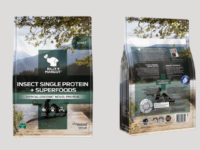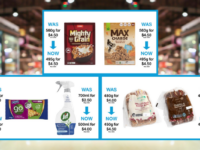Data from Choice shows that pricing tactics at major pharmacies are confusing customers, making it difficult for them to tell if a discount is real.
The advocacy group asked more than 1000 consumers about their experience with price tags at Chemist Warehouse, Priceline and Terry White locations.
About one in three people said it was difficult to tell if the colourful promotional tags at pharmacies represented a discount.
Those who believed the tags signalled savings usually overestimated the discounts, and many thought the tags indicated discounts on a price the pharmacy may never have sold the product for.
In one example, over two-thirds of consumers thought Terry White was providing a $5.99 discount on toothpaste, as the tag lists the product’s $6 price as a discount on the RRP of $11.99. However, the company later confirmed the toothpaste had never been sold at that price.
Another example was found at Chemist Warehouse, where a tag highlights that customers will make a $0.51 saving on the RRP of a vitamin product, but hidden behind the tag is the usual shelf price that is the same as the ‘cheaper’ price.
In another case, a Priceline store was selling a lip balm product at ‘great value’, but Choice later discovered that it was not actually a discount. While the label does not claim to offer a discount, the group believes the use of the value claim and the bright pink colour may confuse consumers.
Choice stressed its concern about the lack of transparency on pharmacy labels, particularly the use of RRPs, which may result in people overestimating the value of the deal on offer.
“Our new research has found that those yellow and pink sales tags consumers are often bombarded with in pharmacy aisles are highly confusing,” said Bea Sherwood, senior campaigns and policy advisor at Choice.
“If the pharmacies have never offered those products at that RRP, consumers may be misled about how much they’re really saving, making it harder for people to get the best value,” Sherwood added.
While the government is committed to dealing with confusing supermarket price displays and promotions, Choice believes such practices are also common at pharmacies, department stores, pet stores and hardware chains – an issue that should be addressed next.

















